
World of Warcraft: Legion Review
With the launch of World of Warcraft in 2004, the landscape of MMORPGs changed forever. Now, 12 years since then, it still manages to have the largest amount of subscribers in the genre and is still often the game many developers try to emulate and compete with in order to succeed in the market.
There have been many ups and downs for the online game. From having server-wide cooperation to open the Gates of Ahn’Qiraj, to allowing players to battle the Lich King one last time, to the controversial Cataclysm expansion - which both gave the developers an excuse to remake their world and seemed to anger a good deal of the fanbase - the more recent follow-up expansions seem to be trying to appeal more and more to the individual player. With this in mind, let's talk about World of Warcraft: Legion.
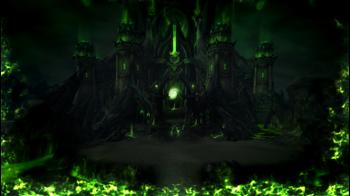
The new expansion content takes place on the Broken Isles, a group of islands situated just to the south of Northrend and to the west of the Eastern Kingdoms. The Burning Legion has returned to the world of Azeroth thanks to the efforts of Gul’dan (the villain of the previous expansion). They hope to call forth their fallen leader, the dark titan Sargeras.
The game has you going from island to island, helping out those within and their fight against various members of the Burning Legion, from fighting in the wooded areas of Val'sharah alongside the likes of Malfurion Stormrage and Tyrande Whisperwind (the night elf leaders first introduced in Warcraft III), to testing yourself in a variety of difficult trials in the Norse mythology-inspired lands of Stormheim (which, by the way, is my favorite location in the expansion).
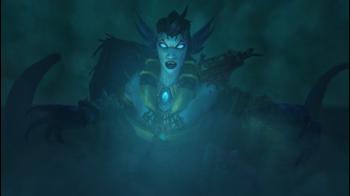
All of this is to procure a series of important items dubbed the Pillars of Creation that, when combined, will give the heroes the power to close the portal the Burning Legion opened to their world and prevent them from being conquered by the hordes of demonic creatures.
The Broken Shore is the starting area and where you get most of the setup to the rest of the story. Legion starts off with a 40-person scenario called The Battle for Broken Shore, where 20 players each from the Alliance and Horde factions participate in a battle with the titular Burning Legion. After this battle, you are then introduced to a new concept within the game: Class Halls.
In the previous expansion, Warlords of Draenor, Blizzard introduced the concept of Garrisons to the game. These player-commanded bases seemed to be modeled after a Facebook game, letting players have their assigned buildings construct things for them on timers, assigning champions to tasks, and having most actions involved be dependent on either garrison resources, oil, gold, or any combination of those three.
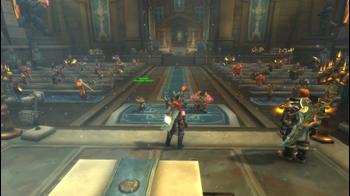
With the launch of the Legion expansion, Blizzard took that concept and applied it on the class level with the aforementioned Class Halls. You get to feel a sense of camaraderie to those of your class even if they may not be of your faction. For instance, as a Blood Elf Paladin, I was given the task to reform the Knights of the Silver Hand, which was the order of paladins created after the First War (which players somewhat experienced in the very first game in the franchise, Warcraft: Orcs and Humans).
Not only do you also assign your champions on missions just like in your garrison from Warlords of Draenor, you are also given a question to obtain an artifact based on your specialization of choice. Since I have developed my character as a Retribution paladin (a damage dealer spec), I was given a quest that would have me acquire the legendary Ashbringer. Suffice it to say, it lessens the importance of such a weapon when the majority of the paladins you see are carrying it around, but that could be said of any important item in the game.
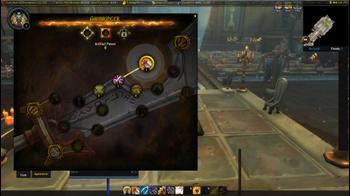
The Class Hall content, just like the Garrison content, is mostly irrelevant to the story content. It serves as a good way to get people to sign-in every day to check up on their progress, but other than that it’s just a neat time-waster. In spite of that, you will want to take the time to return to it once in a while to upgrade your artifact and find ways to boost your character through actions performed there, since it could really help you out with the rest of the expansion content.
Other features introduced in the expansion include a revamped PVP-exclusive Honor System that tries to split itself even further from PVE content by only allowing the perks to only be usable in PVP areas. This includes its own talent tree, prestige awards, and portrait badges that appear around a character’s portrait in the UI of the game itself that add a sense of pride to your accomplishments in PVP.
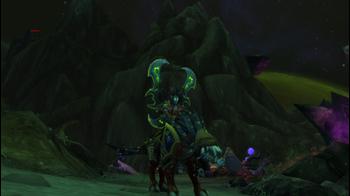
One of the most notable additions to the game is the inclusion of a second hero class, the Demon Hunter. Only available to night elves and blood elves, as well as starting at level 98, they are known as the “Illidari”, or followers of Illidan Stormrage, the lord of Outland and a sort of “the ends justify the means” character from Warcraft III. Their primary weapons are warglaives, moon-shaped double-bladed swords carried in pairs. They are melee fighters, only able to be versed in tanking or being a damage dealer. Along with their ability to both double-jump and glide as well as transform into a demonic entity, they are very maneuverable and fast-paced fighters that stand out on the battlefield and an important part of Legion’s story content.
However, because of the requirement to be level 70 on one of your characters to unlock the Demon Hunter class, as well as almost all of the content being aimed towards people near or at the previous level cap, I can’t really recommend this to new players. While Blizzard does give you one free character boost to level 100, I would suggest you save that for an alternate character and go through the game the normal method once. Until then, I would hold off on purchasing Legion until you can make use of the content.
Despite this drawback, everything else makes World of Warcraft: Legion a worthwhile expansion to those that have reached the previous level cap of 100 and want to experience something new and exciting. With both the introduction Class Halls and the revamped Honor System, as well as the inclusion of the new Demon Hunter hero class, there’s something for all end-game players to experience.